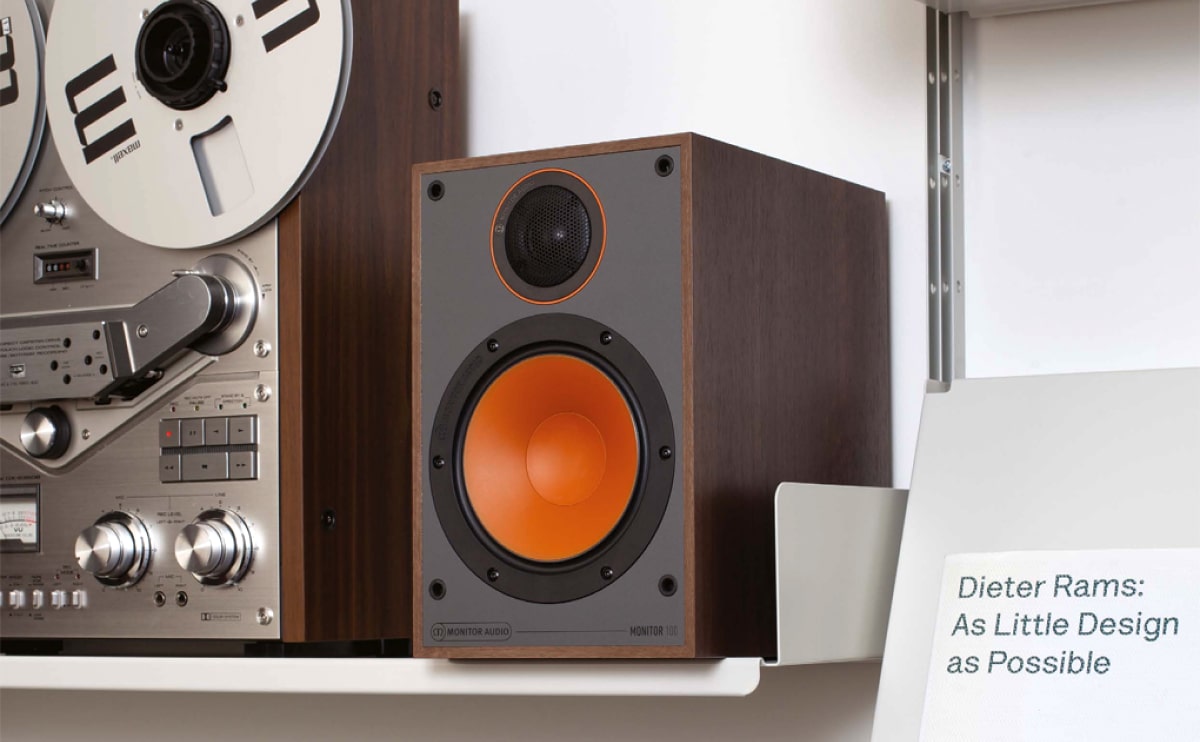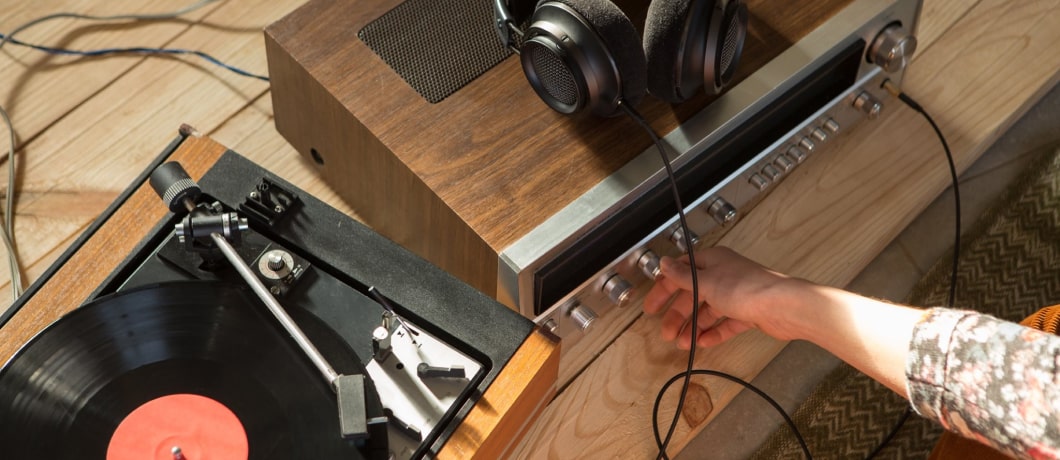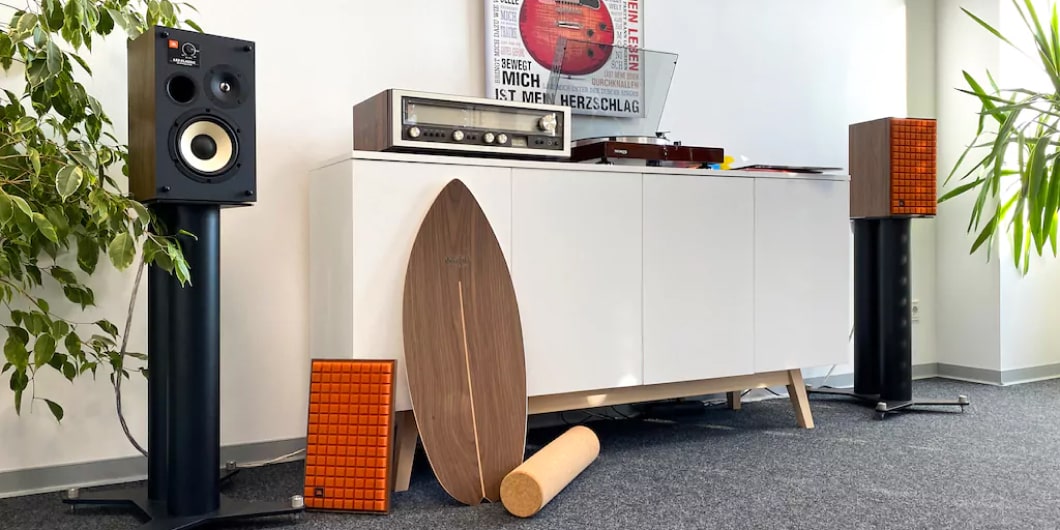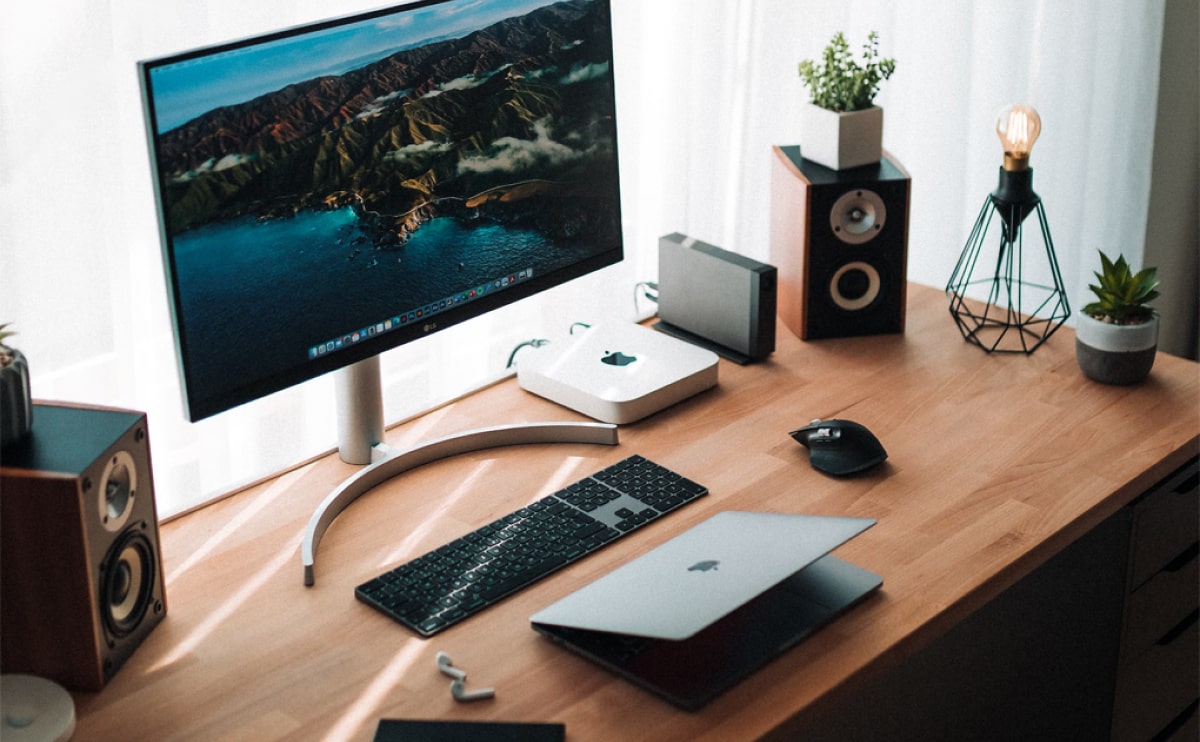How to choose a HI-FI stereo system

Overview
A high-fidelity (Hi-Fi) stereo system can transform your music listening experience, bringing out details and depth you never knew existed. But with so many components and technical terms, where do you start? Here’s a simple guide to help you choose the right Hi-Fi system for your needs.

Define Your Budget
Hi-Fi systems range from affordable setups ($300–$1,000) to high-end audiophile gear ($5,000+). Decide how much you’re willing to spend, keeping in mind:
Entry-level: Great for casual listeners (e.g., Edifier bookshelf speakers + DAC).
Mid-range: Better clarity and power (e.g., Yamaha amplifier + Klipsch speakers).
High-end: Audiophile-grade sound (e.g., McIntosh tube amps + Bowers & Wilkins speakers).
Tip: Allocate more budget to speakers—they make the biggest difference in sound quality.
Understand the Key Components
A basic Hi-Fi system consists of:
Source: Where your music comes from (streaming, vinyl, CD, etc.).
Amplifier: Powers the speakers (integrated or separate preamp + power amp).
Speakers: The most critical part—choose based on room size and sound preference.
DAC (Digital-to-Analog Converter): Improves sound quality if using digital sources.
Pro Tip: If you’re streaming music, consider a network streamer (like Bluesound Node) for high-resolution audio.


3. Choose the Right Speakers
Speakers determine how your music will sound. Consider:
Bookshelf Speakers: Compact, great for small rooms (e.g., KEF LS50 Meta).
Floor-standing Speakers: Fuller sound, ideal for larger spaces (e.g., Focal Aria 936).
Active vs. Passive:
Active: Built-in amp (simpler setup, e.g., Audioengine A5+).
Passive: Require an external amp (more customizable).
Listening Test: Always audition speakers before buying—sound preference is subjective!
4. Match Your Amplifier to Your Speakers
Power (Watts): Ensure the amp can drive your speakers efficiently (check impedance, e.g., 8Ω).
Class of Amplifier:
Class AB: Warm, natural sound (e.g., Cambridge Audio CXA81).
Class D: Energy-efficient, compact (e.g., NAD C 328).
Tube Amps: Rich, smooth sound (e.g., PrimaLuna EVO 100).
5. Source Quality Matters
Vinyl: Warm, analog sound (requires a turntable + phono preamp).
Digital Streaming: Services like Tidal or Qobuz offer lossless audio.
CDs: Still a reliable high-quality source.
Tip: A good DAC (e.g., Schiit Modi) can significantly improve digital music.
6. Room Acoustics & Setup
Even the best system can sound bad in a poorly treated room.
Placement: Keep speakers away from walls for better soundstage.
Acoustic Treatment: Use rugs, curtains, or foam panels to reduce echoes.
7. Best Starter Systems for Different Budgets
Under $500: Edifier R1700BT (active speakers) + DAC.
$1,000–$2,000: Rega IO amp + Wharfedale Diamond 12.1 speakers.
$5,000+: Hegel H190 amp + Dynaudio Evoke 50 speakers.
Final Thoughts
A great Hi-Fi system is about balance—matching components that work well together. Start with good speakers, then build around them.
Need personalized recommendations? Tell us your favorite music and budget in the comments!

